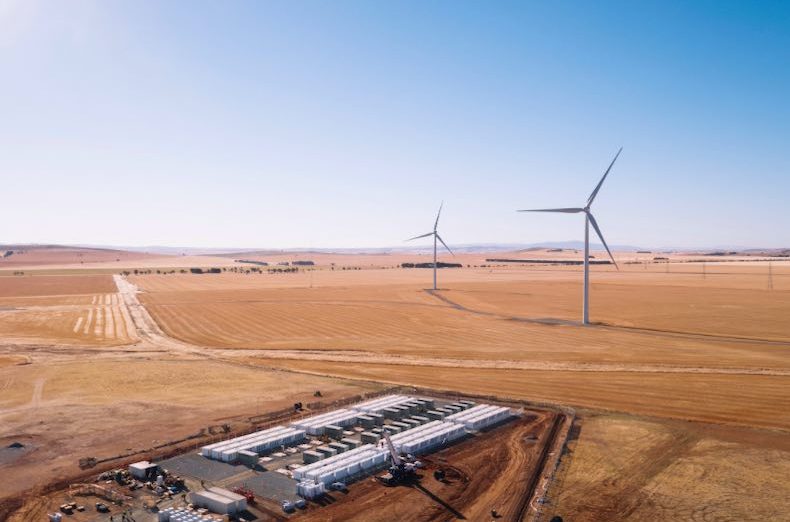PeFe wrote: ↑Tue Feb 04, 2020 10:54 am
Non engineering person here but is System Restart Ancillary Services (SRAS) the same as "inertia"?
If it is then that is next on the Tesla big battery's of services to be provided.
I am not an engineer either. If someone can point me in the right direction it would be great!
My theory of SRAS is:
-a generator that can cold start their own control systems and generator(s) without any external party supplying power.
-the cold start needs to be rapidly available. Many power stations may not have required staff onsite to initiate a cold start even if their equipment was capable of it.
-the equipment will need to rapidly create and maintain their own stable 50hz frequency
-equipment that has the capacity to energize and power the minimum distribution network required to restart larger generators
-equipment that has the capacity to power the minimum requirements of control and rapid start plan of a larger generator eg Torrens Island Power Station.
-once the larger generator is back on line it becomes easier to maintain frequency due to inertia as more of the network and more generators are rapidly brought on line.
Torrens Island Power Station has very massive motors and control systems. I assume it has no ability to rapidly start or perhaps start at all on its own.
I assume there is no hard and fast rules to what SRAS must be but the pre-agreed plan must be to rapidly bring the entire network back on line.
SA's SRAS appears to have been:
Plan A: Origin's Quarantine Power Station to rapidly get Torrens Island Power Station back up and running. <- failed
Plan B: Synergen's Mintaro Power Station to rapidly get Torrens Island Power Station back up and running. <- unavailable
Plan C: Heywood Interconnector using Victorian network to rapidly get Torrens Island Power Station back up and running. <- success
My theory about inertia in power systems:
I think inertia is about frequency control and the fact very large motors with the large inertia of their massive rotating equipment requires much more energy change to change their state.
Generators use their motors rotation timing and complex electrical equipment to mix together an accurate 50hz frequency as required to sync with the network.
Load changes causes resistance changes on the motor which causes a larger speed change the smaller a motor is. This speed change screws up the 50hz timing they depend on.
The large fossil fuel generators have the luxury of inertia keeping their motor speed and therefore frequency more stable.
Larger motors need more energy change to alter its immediate speed.
Timing based on large inertia is stable/reliable.
Batteries are simpler to control their output as they are not working with resistance of electrical coils in a physical rotating motor generator. They have a huge amount of instantly available energy with no hangover inertia lag in moving parts and can almost instantly and accurately alter their output to what they like.
Wind turbine = small motor rapidly effected by changing load and running on an uncontrolled variable input energy.
Solar = little to no inertia or battery storage to work with to create their own reliable 50hz under changing loads and running on an uncontrolled variable input energy. Rapidly chases/syncs grid networks 50hz.
SA is soon getting very massive fly wheels called "condensers" added at strategic spots on the network.
These massive fly wheels maintain the 50hz timing as load changes.
The massive inertia of the spinning object absorbs the load change as a minor speed change and therefore minor rotational timing change.
Speed can be recovered by dumping massive energy in to spinning or slowing it to the ideal speed again over time.
At least I think that is how it works





